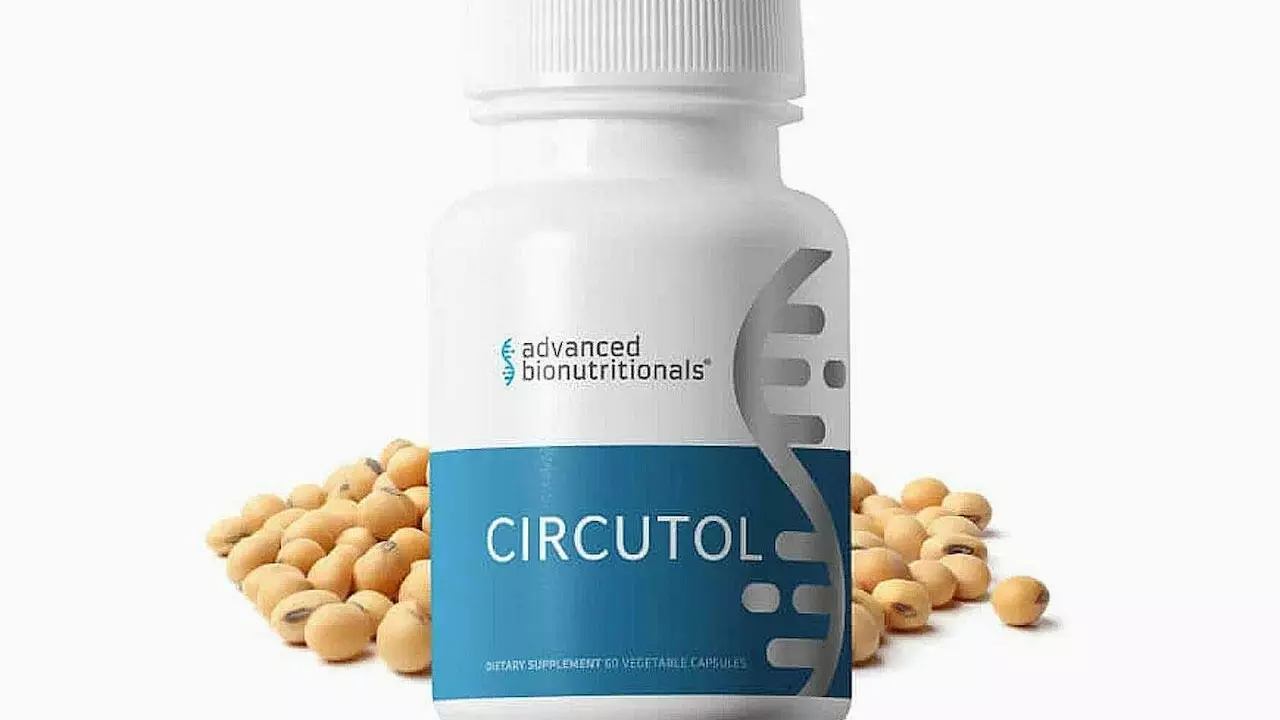Autumn Crocus: What You Need to Know about Colchicum and Colchicine
The autumn crocus (Colchicum autumnale) is a common flower with a dangerous twist: it contains colchicine, a powerful medicine and a risky poison. People use purified colchicine to treat gout flares, certain inflammatory conditions, and some genetic diseases, but the plant itself should never be eaten or brewed into home remedies.
How colchicine helps
Colchicine reduces inflammation by blocking cell processes that drive sudden gout attacks and other short-term inflammatory problems. Doctors prescribe it in specific doses—usually a short course for a gout flare or a low daily dose for prevention. Prescription colchicine is standardized and tested; plant extracts are not.
You might see herbal products or folk remedies that claim benefits from colchicum extracts. These are risky; dosing is unreliable and contaminants are possible. Use only prescription colchicine under a doctor’s guidance. For conditions like gout, safer, proven options exist and a clinician can tailor the best plan.
Safety and side effects
Colchicine has a narrow safety window. Common side effects include stomach pain, diarrhea, nausea, and vomiting. At higher or toxic doses you can see low blood counts, muscle weakness, nerve damage, or organ failure. If you get severe diarrhea after any colchicine exposure, call a doctor right away.
Colchicine interacts with some common drugs. Strong CYP3A4 inhibitors (like certain antifungals and antibiotics) and P‑glycoprotein blockers can raise colchicine levels and raise the risk of toxicity. People with kidney or liver problems need dose changes. If you take statins, check with your clinician—combined use can increase muscle-related side effects.
The whole plant is toxic — bulbs, leaves, and flowers. Kids and pets can get seriously ill after chewing a leaf or bulb. If you suspect ingestion, get immediate medical help or contact a poison control center. Bring a picture of the plant if you can.
Enjoy the blooms but handle them with care. Wear gloves when planting or removing bulbs, wash hands afterward, and keep bulbs away from areas accessed by kids or pets. Consider planting autumn crocus where you can easily monitor it rather than in play areas.
- Do not eat any part of the autumn crocus.
- Wear gloves when handling bulbs.
- Call poison control for accidental ingestion.
- Tell your doctor about all medicines before taking colchicine.
If you’re here because of a suspected exposure or because you want information on gout treatment, start by contacting your healthcare provider. For non-emergency questions about supplements or drug interactions, bring a list of your medicines and any herbal products to your visit.
If you're unsure, bring a photo and list of symptoms to the ER; faster answers help guide treatment and reduce complications today too. Check your local poison control number and save it in your phone, and keep a current list of prescriptions and supplements to show any provider treating a possible exposure or advising treatment.

